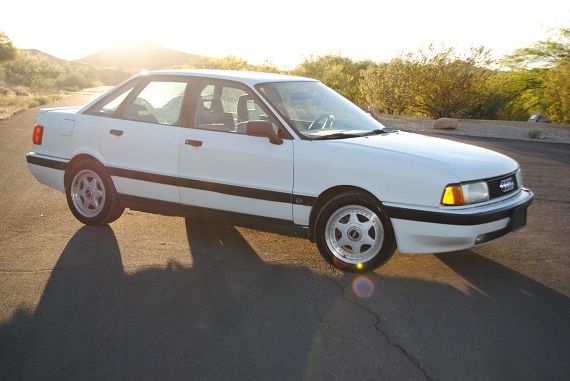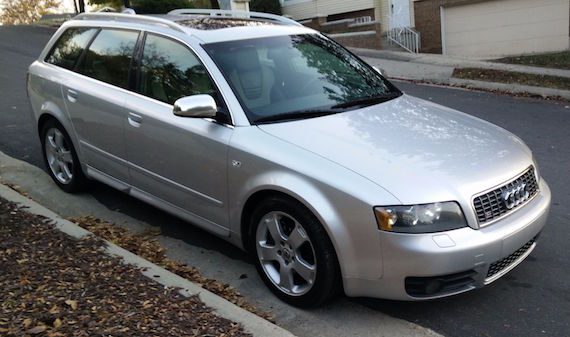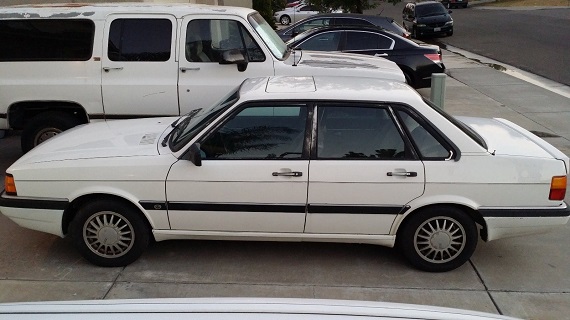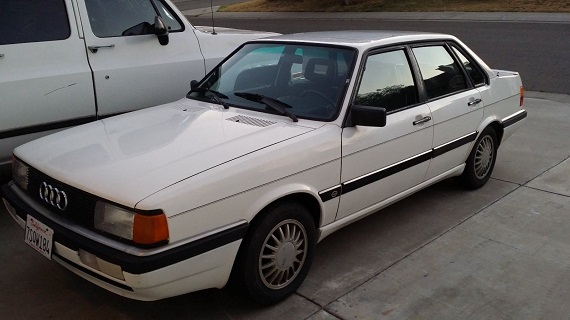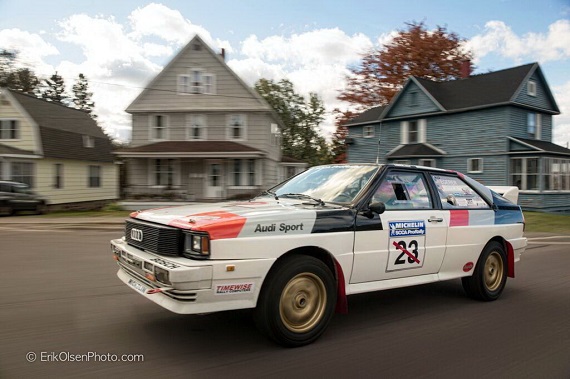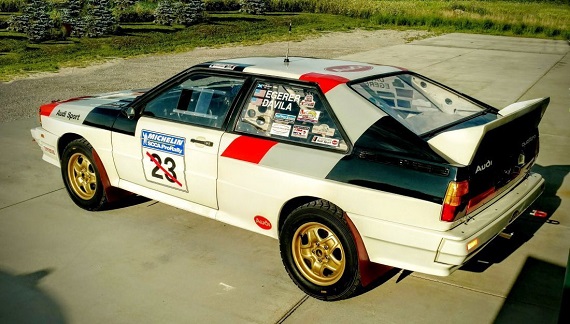
The B3 was a much needed update to the very old small Audi chassis in the late 1980s. Although the addition of the 4000 quattro was only a few model years old and the Type 85 B2 had undergone a pretty comprehensive update in 1985, the reality was that it was a chassis which had been designed in the mid 1970s and was antiquated compared to the BMW E30 and Mercedes-Benz W201 chassis, both of which it was out of sync with in terms of launch. While both of those cars were in mid-life in 1986, Audi launched its new B3 platform with a heavily revised, updated and aerodynamic replacement for the popular 80 and 90. This was interesting, as the B2 would continue alongside in production for several years – notably in Coupe form – until the new 2-door was prepared.
The U.S. market’s offerings also didn’t mesh with Europe either in nomenclature or trim scale. The 4000 quattro had only come in one form – 4000S in 1984 and 1985, and 4000CS in 1986 and 1987. They were relatively loaded and all powered by the venerable JT inline-5. However, Europeans had enjoyed several different configurations; the basic 80 and more upscale 90, with many different options. Audi would continue the 4000CS in 1987, but in 1988 the new models rolled out, with two options like the Europeans had. As in the Fatherland, a prospective buyer could get the basic 80 quattro or opt for the more luxurious, upscale 90 quattro. Many of the design elements of the U.S. spec 4000s carried over into the 80 – such as the rear urethane flush spoiler and even the standard Ronal R8 alloys. But the 90 came with nicer bits, such body color bumper covers with integrated fog lights, wood trim inside, a more pronounced rear spoiler and BBS alloy wheels. You could also opt, for the first time in the small chassis, for the signature Audi color of Pearlescent White Metallic paint at an addition charge and power seats on the 90 quattro.
Mechanically, the 80 and 90 quattros were twins until 1990, and many of the options – ski sack, sport seats, heated seats, onboard computer – were shared between the two, but the 90 always felt a bit more upscale than the 80. Power came from the NG 2.3 inline-5, generating 130 horsepower and 140 lb.ft of torque; modest, given the near 3,000 lb. curb weight of the B3 – a result of the many luxuries and new protective technologies Audi introduced in the 90. The 80 and 90 beat the 200 to the market in 1988, meaning they were the first to debut the new second generation of all-wheel drive quattro to the U.S. market. It featured a driver-actuated lockable rear differential that automatically deactived at 15 m.p.h., but the center differential was now an automatic Torsen unit. The B3 also brought anti-lock brakes to the small chassis, as well as body galvanization. It was really a huge step up from the antiquated (if much loved) B2, overall:
